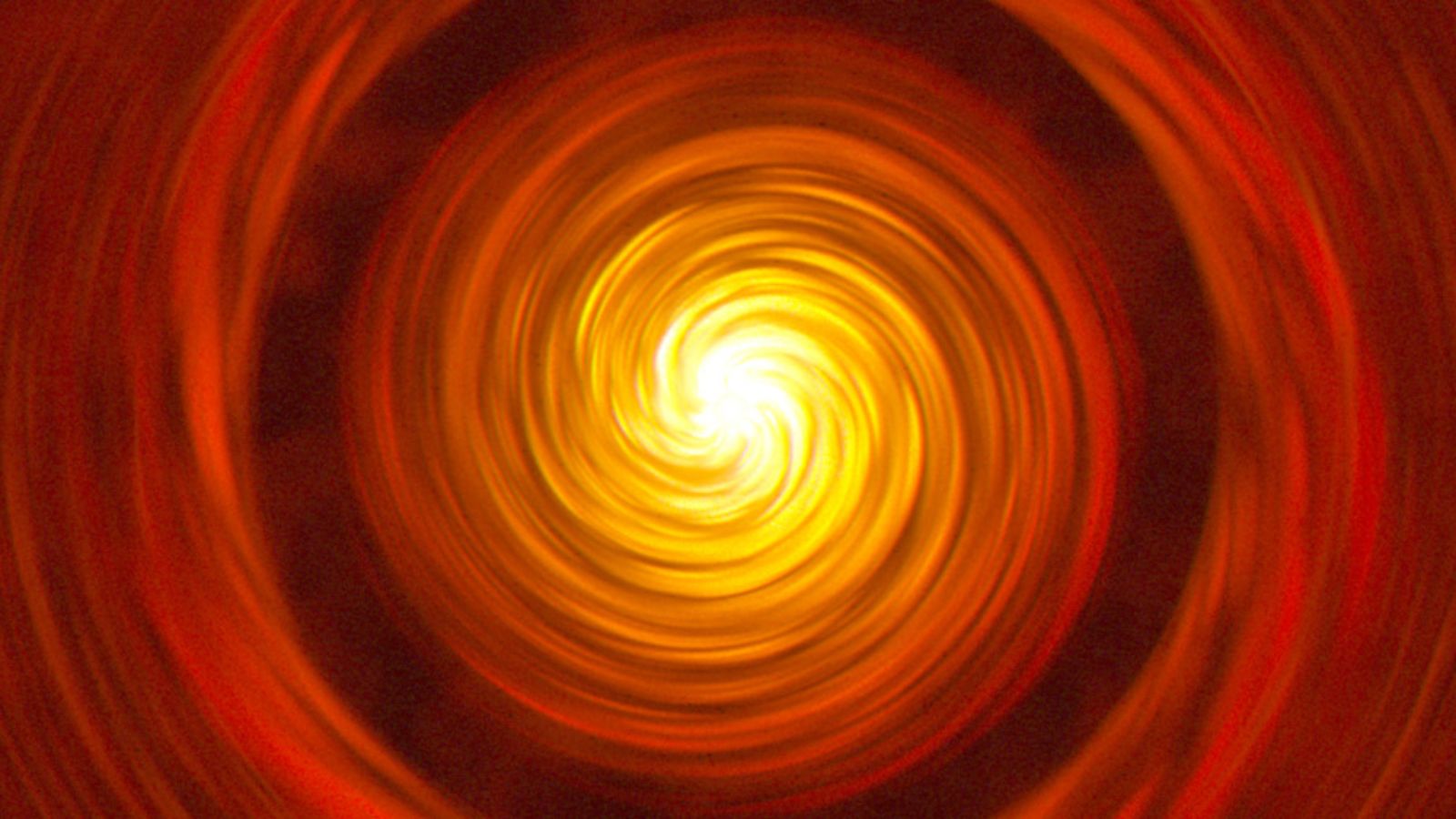
Scientists used the James Webb Space Telescope to make a breakthrough in the search for understanding how planets are formed. They observed water vapour in distant protoplanetary discs, the precursor to a planet, confirming a long-proposed theory of how planets are formed.
Scientists have for long proposed ice-covered pebbles act as the seeds of planet formation. According to this pebble accretion theory, icy solids that usually inhibit the outer reaches of “protoplanetary discs” enter the warmer region close to the inner disc. There, they release a lot of cold water vapour. This process is thought to deliver both water and solids to early planets.
Most Read
Based on this theory, scientists make one crucial prediction—when the icy pebbles enter the warmer region within the discs, they should release large amounts of cold water vapour. And that is exactly what the Webb telescope observed.
Advertisement
Using Webb to find water vapour
The researchers used Webb’s MIRI (Mid-Infrared Instrument) to study four protoplanetary discs around Sun-like stars. These stars are estimated to be between 2 and 3 million years old. In cosmic terms, that makes them newborns. Two of the discs were compact while the other two were extended. The results from the telescope revealed excess cool water in the compact disc, as expected.
The observations were made to find out if compact discs have a higher water abundance in their inner, rocky planet region. This would be true if pebble drift is more efficient and delivers more solid mass and water to the inner planets.
https://news.google.com/rss/articles/CBMiXGh0dHBzOi8vaW5kaWFuZXhwcmVzcy5jb20vYXJ0aWNsZS90ZWNobm9sb2d5L3NjaWVuY2Uvd2ViYi10ZWxlc2NvcGUtZWFydGgtZm9ybWF0aW9uLTkwMjAyMDMv0gFhaHR0cHM6Ly9pbmRpYW5leHByZXNzLmNvbS9hcnRpY2xlL3RlY2hub2xvZ3kvc2NpZW5jZS93ZWJiLXRlbGVzY29wZS1lYXJ0aC1mb3JtYXRpb24tOTAyMDIwMy9saXRlLw?oc=5
2023-11-09 09:23:58Z
CBMiXGh0dHBzOi8vaW5kaWFuZXhwcmVzcy5jb20vYXJ0aWNsZS90ZWNobm9sb2d5L3NjaWVuY2Uvd2ViYi10ZWxlc2NvcGUtZWFydGgtZm9ybWF0aW9uLTkwMjAyMDMv0gFhaHR0cHM6Ly9pbmRpYW5leHByZXNzLmNvbS9hcnRpY2xlL3RlY2hub2xvZ3kvc2NpZW5jZS93ZWJiLXRlbGVzY29wZS1lYXJ0aC1mb3JtYXRpb24tOTAyMDIwMy9saXRlLw
Bagikan Berita Ini














0 Response to "Webb telescope finds clues about how Earth, other planets formed - The Indian Express"
Post a Comment